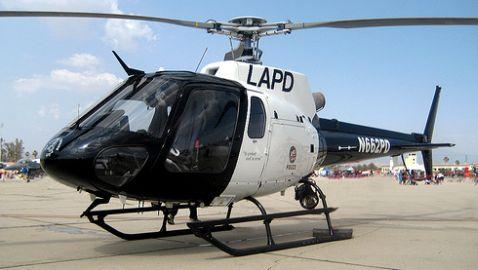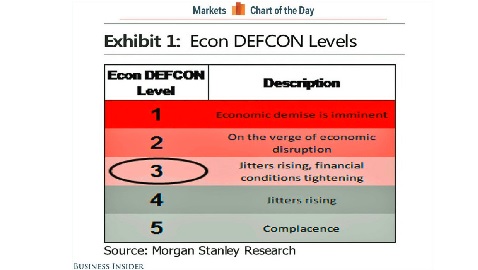Chemical component, also called element, any substance that cannot be decomposed into more simple substances by common chemical processes
Post Views 3This document considers the origin within the aspects as well as their abundances in the course of the universe. The geochemical distribution of those elementary substances in the Earth?s crust and interior is addressed in certain element, as is their occurrence during the hydrosphere and environment. The write-up also discusses the periodic legislation and also the tabular arrangement with the parts in accordance with it. For in depth information and facts in regards to the compounds with the elements, see chemical compound.
At present one can find 118 recognized chemical factors. About 20 % of them really don’t exist in mother nature (or are current only in trace amounts) and are recognised only for the reason that they have got been synthetically well prepared within the laboratory. In the known elements, 11 (hydrogen, nitrogen, oxygen, fluorine, chlorine, and also the six noble gases) are gases beneath standard illnesses, two (bromine and mercury) are liquids (two much more, cesium and gallium, melt at about or perhaps previously mentioned room temperature), and the rest are solids. Components can blend with each other to variety numerous types of even more advanced substances referred to as compounds. The volume of feasible compounds is nearly infinite; most likely a million are recognized, and a lot more are being determined every single day. When two or even more parts blend to type a compound, they drop their separate identities, and therefore the merchandise has characteristics pretty different from those people with the constituent factors. The gaseous features hydrogen and oxygen, to illustrate, with extremely various houses, can incorporate to form the compound water, which has completely completely different attributes from either oxygen or hydrogen. Water clearly is not really an element since it is made up of, and truly could be decomposed chemically into, the two substances hydrogen and oxygen; these two substances, however, are things considering that they can’t be decomposed interesting anthropology research topics into less complicated substances by any recognised chemical strategy. Most samples of naturally developing matter are bodily mixtures of compounds. Seawater, as an example, is definitely a mixture of water along with a significant number of other compounds, probably the most widespread of which is certainly sodium chloride, or table salt. Mixtures differ from compounds in they will be divided into their ingredient sections by physical processes; one example is, the easy course of https://www.umdrightnow.umd.edu/about-university-maryland action of evaporation separates drinking water from the other compounds in seawater.
The current thought of an element is unambiguous, dependent because it does to the use of chemical and bodily processes being a would mean of discriminating features from compounds and mixtures. The existence of elementary substances from which all matter is generated, in spite of this, has become the idea of substantially theoretical speculation because the dawn of history. The ancient Greek philosophers Thales, Anaximenes, and Heracleitus each urged that each one subject consists of 1 vital principle?or component. Thales believed this factor to be drinking water; Anaximenes steered air; and Heracleitus, fireplace. Another Greek philosopher, Empedocles, expressed a distinct belief?that all substances are composed of four features: air, earth, fire, and water. Aristotle agreed and emphasised that these 4 elements are bearers of fundamental attributes, dryness and warmth remaining linked with hearth, heat and humidity https://www.phdresearchproposal.org/ with air, humidity and chilly with h2o, and cold and dryness with earth.
Chemical component, also called element, any substance that cannot be decomposed into more simple substances by common chemical processes by


 Document from USPS Describes Larger Jobs Cuts
Document from USPS Describes Larger Jobs Cuts  More Jobs for Students Available at N.C. State
More Jobs for Students Available at N.C. State  Wal-Mart Offers Health Insurance to Gay Employees
Wal-Mart Offers Health Insurance to Gay Employees  How to Handle the Holidays if You’re Between Jobs?
How to Handle the Holidays if You’re Between Jobs?  Why Wall Street Cheered When September Jobs Disappointed the Nation
Why Wall Street Cheered When September Jobs Disappointed the Nation  LAPD Could Cut 160 Civilian Jobs
LAPD Could Cut 160 Civilian Jobs  Youth Struggles With Jobs Continues to Grow
Youth Struggles With Jobs Continues to Grow  Economy Is at “DEFCOM 3”
Economy Is at “DEFCOM 3”